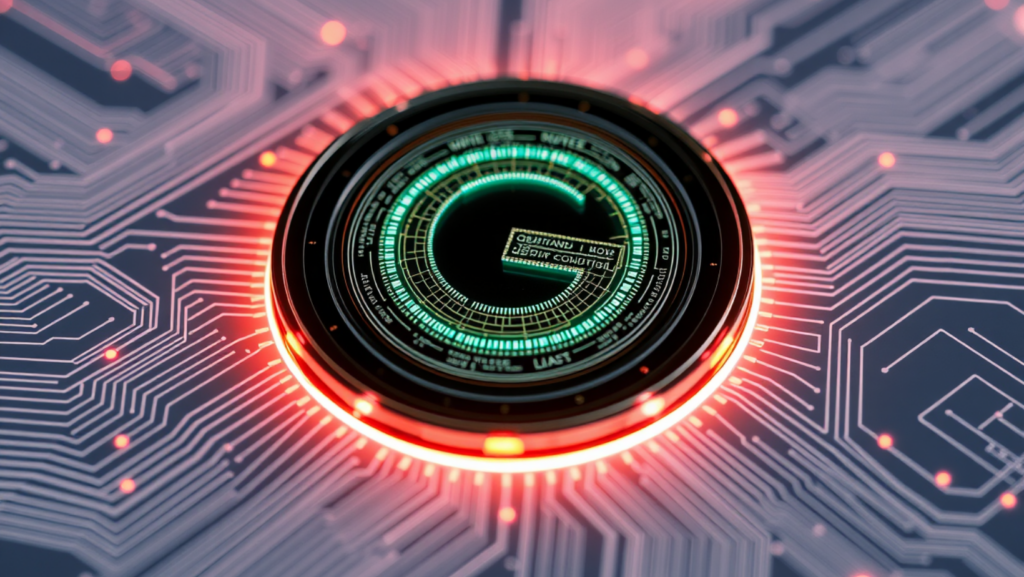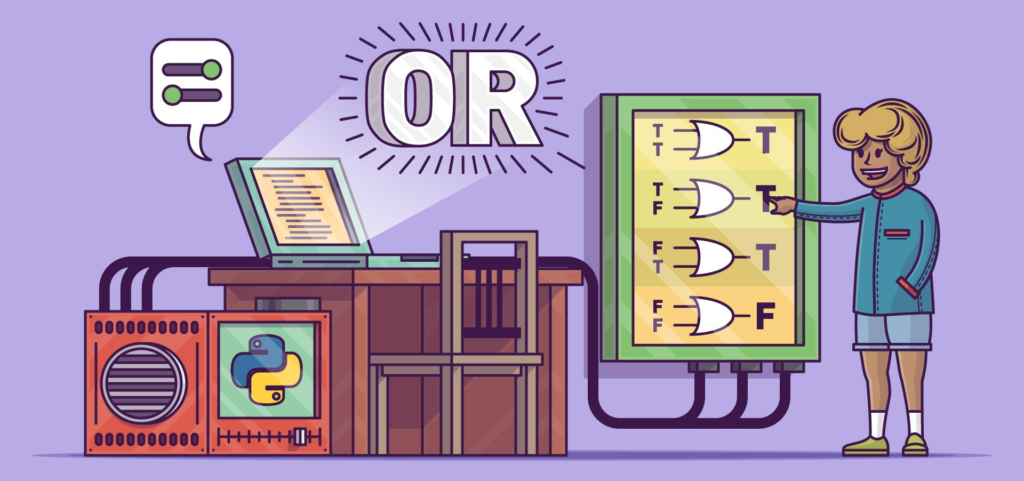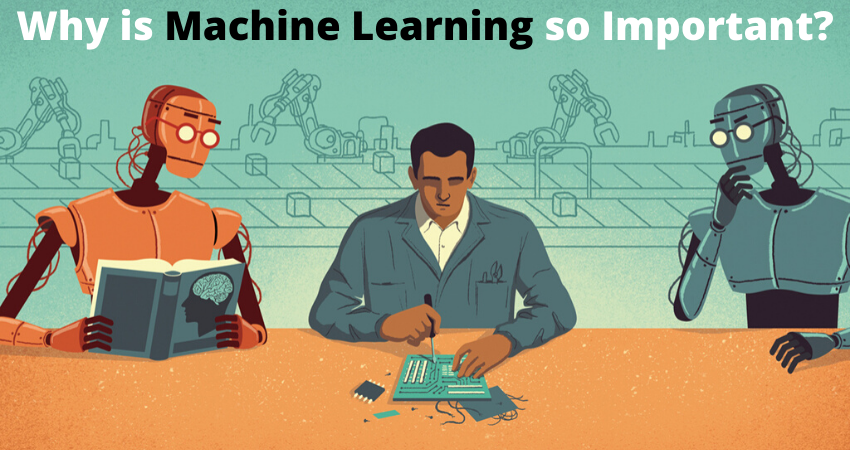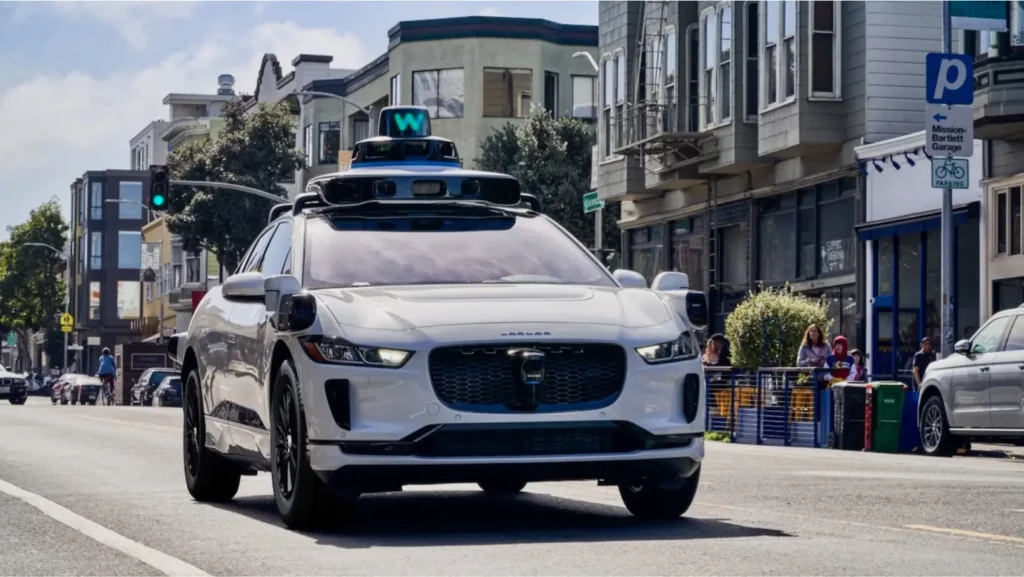Two regular computer bits can be in any of four states: 00, 01, 10, or 11. But they can symbolize just one of these at a time. A quantum computer has two quantum bits (qubits) that due to ‘superposition’ and ‘entanglement’ properties represent the four states simultaneously, as though you were running four computers. The power of a quantum computer increases exponentially with additional qubits, but so does the error, making the system like a normal computer system. However, Google’s Willow minimizes the mistakes when it scales, causing Elon Musk to respond with a “Wow” after hearing Google CEO, Sundar Pichai, declare this on X.
Are they still prepared for everyday applications?
No. Billions are being plowed into quantum computing by governments, tech companies and venture capitalists, all of whom see the technology as having the potential to upend industries — and confer a commercial and military edge. With incredible processing speeds, quantum promises breakthroughs in the fields of cryptography, drug discovery, and logistics optimization. Willow has indeed brought the world one step closer to running a more stable quantum computer. The challenge, according to Google, is “to show a first ‘useful, beyond-classical’ computation on current quantum chips that is relevant to a real-world use”.
Is this going to speed all AI models or put bitcoins in the face?
Bitcoins capitalized on classical cryptographic algorithms on the blockchain. Quantum advancements such as Shor’s algorithm would crack these systems in minutes, threatening the $1 trillion bitcoin ecosystem and requiring upgrades. As a result, quantum computational power may eclipse blockchain for security purposes.
Is it time to break out the champagne bottle?
Willow is still low on use cases — but that’s okay — it’s definitely a big deal. Willow is a 105-qubit chip for both applications, while IBM has a 156-qubit processor they can test against for business applications. Additionally, whereas Google’s error correction relies on surface code methods that correct errors in large qubit arrays, IBM’s alternate modular error correction breaks quantum systems into small, manageable systems, where the error correction is localized within the unit. Which method proves more efficient remains to be seen.
What is India doing in this space?
The National Quantum Mission (NQM) aims to build quantum computers with 50–100 qubits in five years or so, and 1,000 qubits and beyond in eight years. But also on developing quantum error correction to ensure quantum computers are stable and functional for general use, and building quantum algorithms for best use. India has one six-qubit quantum computer, the Tata Institute of Fundamental Research-built open-access quantum computer.







